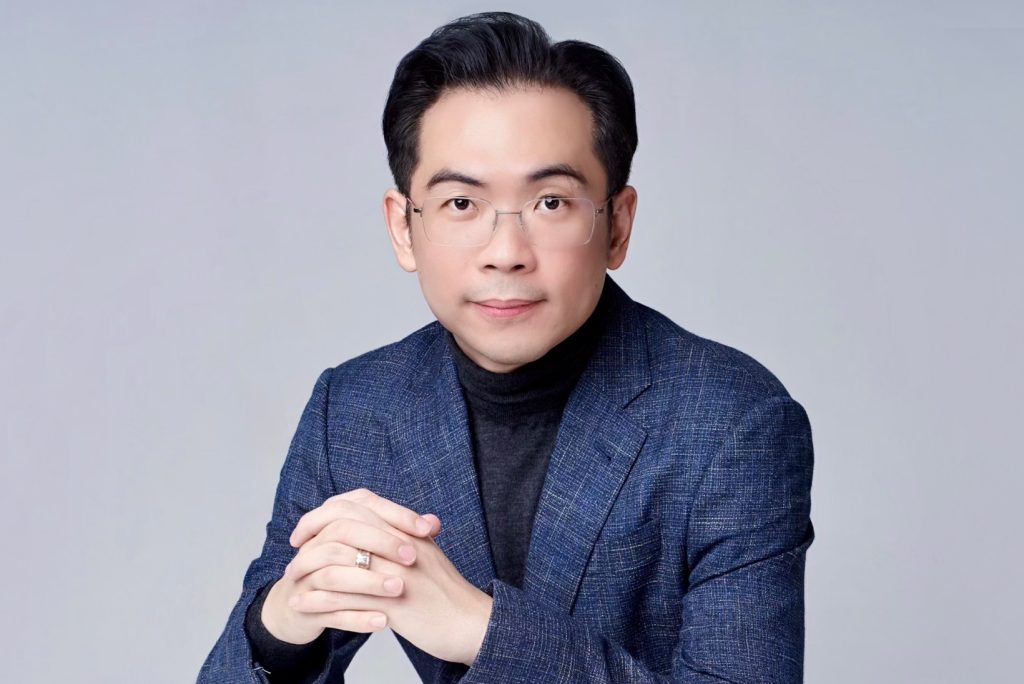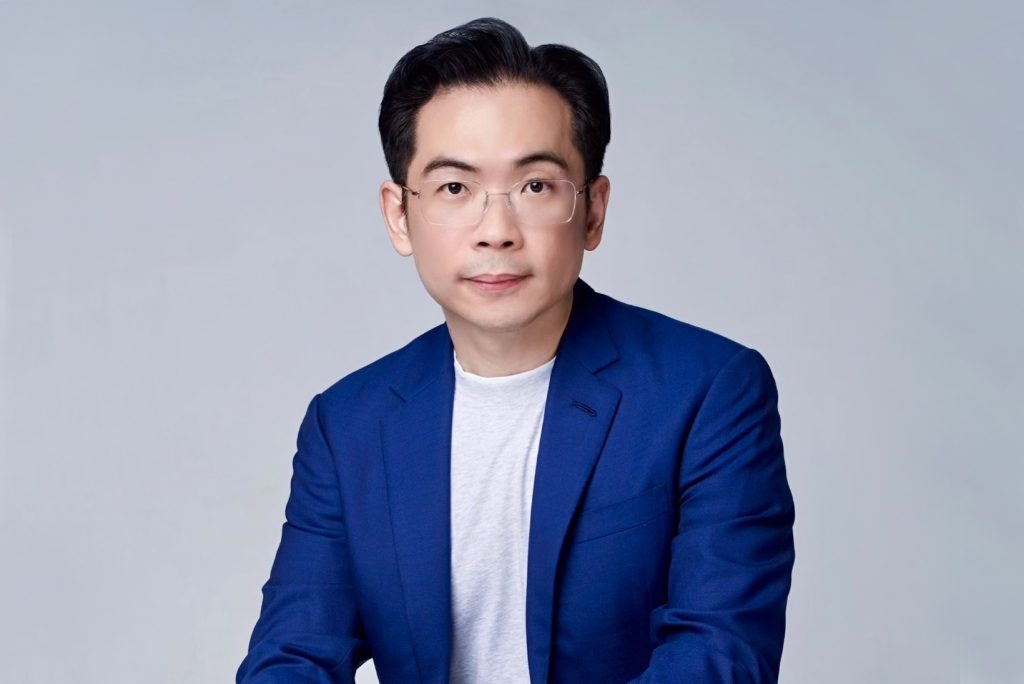July 20, 2023
The production of sugar cane is an ancient work, dating back centuries – an endeavour steeped in tradition and heritage.
At Mitr Phol Group – the world’s third largest sugar producer and an agricultural leader in Thailand – such tradition is being enhanced with technology in the pursuit of transformation.
“We are placing a significant emphasis on accelerating our digital-first and data-driven transformation program,” said Athikom Kanchanavibhu, Executive Vice President of Digital and Technology Transformation at Mitr Phol. “We aim to harness the power of data to optimise our entire value chain, from farming and manufacturing to distribution and customer engagement.”

Tasked with orchestrating the organisation’s change agenda, Bangkok-based Athikom’s remit includes overhauling intelligent farming, smart manufacturing, interconnected company operations, channel and customer omniverse and digital platforms.
The brief is extensive with influence spanning seven business units and 76 subsidiaries with combined revenue of 140 billion baht across five countries – Thailand, Australia, China, Indonesia and Laos.
From a strategic focus perspective, the aim is twofold: improving technological capabilities and accelerating digital transformation efforts.
“We believe that a comprehensive digital transformation will not only help us improve our business performance but provide the necessary tools to meet the evolving needs of our customers and consumers,” Athikom noted.
“We aim to enhance our top and bottom lines, expand our business and improve our service delivery across all areas.”
Top of the agenda for the CEO and Board of Directors is a “deep commitment” to accelerate industry expansion plans, encompassing both existing core sugar and bio-based businesses into new and existing markets.
This is in addition to advancing in high-value-added and adjacent bio-based industries, cited as “crucial” in realising continuous growth aspirations.
Underpinning this approach is a desire to drive all business units towards carbon neutrality and achieving net-zero emissions – building on a recent second placed global ranking for sustainable development in the food product industry, as noted in the Corporate Sustainability Assessment (CSA) by S&P Global.
“We consider this to be a business imperative, not only because of the global urgency to mitigate climate change but because it aligns with the expectations of our stakeholders – including customers, employees and investors,” Athikom added. “Our commitment to sustainability is both a responsible business decision and a competitive advantage.”
Within that context, a major priority for Mitr Phol in the near future is centred on the establishment of technology-composable building blocks and robust enterprise architecture.
“We intend to create an agile, asset-light infrastructure that can ensure seamless interoperability across the vast landscape of our group, encompassing 130 companies across nine countries,” Athikom outlined. “This initiative will enable us to streamline operations and foster a more connected and efficient business network.”

Building a data-driven business
Before the current market hype cycles, Mitr Phol had already significantly invested in big data, artificial intelligence (AI) and machine learning capabilities, with such technologies viewed as instrumental in connecting the dots across a sizeable and complex organisation.
“We are already seeing promising progress in applying AI/ML in our farming and manufacturing sectors and we intend to build upon this,” Athikom added. “These technologies enable us to optimise processes, make better-informed decisions and increase productivity across our enterprise.”
For example, farming innovation is evident in Mitr Phol’s management of over 300,000 hectares of sugar cane. To optimise this vast operation, the company developed an in-house solution akin to Google Maps but tailored to end-to-end crop management.
Leveraging internal big data resources and in-house AI/ML models, the end product is the creation of a tool that helps manage the entire lifecycle of crops, from planting to harvesting and beyond.
“This innovation has significantly increased our efficiency and productivity, enabling us to better manage our resources and respond to changes in a timely manner,” Athikom shared.
Strengthening API features – as well as bolstering user experience (UX) and user interface (UI) levels – are also high on the list of deployment priorities to enhance the speed and quality of data and digital integration processes.
Investments in these areas are expected to play a pivotal role in providing an “exceptional experience” across all digital touch-points for customers, farmers and employees.
“Our technology solutions are not standalone objectives but crucial components of our broader business strategy,” Athikom outlined. “They aim to foster a connected, efficient and innovative business environment.”
Having joined Mitr Phol in November 2022 – following more than two years as Vice President of Business Transformation at Zuellig Pharma – Athikom cautioned that the organisation remained at the starting line of a comprehensive digital transformation journey. This is not an overnight change, rather a multi-year and multi-pronged approach to embracing innovation.
Yes, the integration of AI/ML, APIs, UX/UI and enterprise architecture into company operations will undoubtedly unleash new avenues of potential in the immediate future but this is a company committed to playing the long-game.
“Our organisation has a complex business landscape, with units that range from large-scale operations worth billions of dollars to new ventures at different stages of their transformation journey,” Athikom explained.
“Each of these units has unique needs and demands, and our challenge lies in effectively infusing technology and digital strategies into each of these varied landscapes.”

As a result, Mitr Phol faces a significant challenge in establishing a comprehensive digital business transformation playbook and management system – a framework capable of seamlessly integrating across the entire company.
Such complexity requires the crafting of unique transformation strategies supported by a culture that encourages change and innovation.
“It is vital that we create an environment that supports our strategic goals and promotes a forward-thinking mentality,” Athikom stressed. “Achieving this is no small feat, given the size and diversity of our organisation. We view these challenges not as roadblocks but as opportunities for learning and growth.”
Specific to technological infrastructure, Athikom and his team also continue to navigate the transition from a traditional capital expenditure (CAPEX) model – which is heavily reliant on asset investment – to an operational expenditure (OPEX) framework, viewed as more “asset-light”.
“This shift gives us greater flexibility and agility,” he added.
Evolving executive personas
As Mitr Phol pushes ahead with carbon neutrality and net-zero emissions goals – counterbalanced by a need to create innovative and value-added products for customers – Athikom is evolving in tandem.
“My role extends far beyond being the vanguard of digital transformation,” he acknowledged. “I also serve as a compass, guiding our teams towards a future bathed in digital innovation.”
This is evident by a major shift in Athikom’s roles and responsibilities which has resulted in closer collaboration with the Human Resources (HR) department.
While the impact of COVID-19 naturally accelerated digital transformation projects across the enterprise, the pandemic simultaneously brought employee well-being and cyber security to the forefront of company priorities.
“The pandemic has accelerated the integration of digital technology into every facet of our employees’ experience,” Athikom outlined. “This ranges from shaping flexible working policies, such as work-from-home, to crafting an employee journey that is deeply intertwined with digital technology.”
In response, Mitr Phol has rolled out a comprehensive digital literacy program to ensure that all employees are equipped with the skills and knowledge required to navigate new working conditions.
“We understand that people are our most valuable asset,” Athikom confirmed. “Ensuring their digital literacy, continuous up-skilling and well-being in the digital workplace is paramount to our long-term success.”

In assessing the changing role of the technology executive – whether CIO, CTO, CDO or EVP – three key personas are emerging:
For Athikom, aligning to one persona represents a difficult undertaking given the need to act in all three capacities at any given time. But when pressed, the primary identification is one of a strategist.
“This allows me to collaborate closely with the wider organisation, aligning IT strategies to key business objectives,” he outlined. “This is particularly important in ensuring that our digital and technological resources are directed where they can drive our business imperatives and goals most effectively.”
That said, Athikom highlighted the value of “talented teams” at Mitr Phol already handling the core requirements of innovator and moderniser roles.
Specifically, the Head of Digital Transformation and their team hold responsibility for driving transformative change, acting as leading figures of innovation. Simultaneously, the Head of IT and their team focus on modernising legacy systems, processes and technologies to lay a solid foundation for future enhancements.
“The mandate of a CIO has grown beyond simply being a steward of technology,” Athikom added.
Today, a successful contemporary CIO must wear multiple hats – primarily exhibiting strong business acumen. This should extend into viewing the organisation through various lenses – from the perspective of the CEO, marketing, supply chain, finance and HR etc.
Thought processes should transcend the confines of merely meeting IT service-level agreements (SLAs) and instead, focus on how technology can be leveraged to enhance business performance and profitability.
“The intertwining of business and technology is now more apparent and the role of the CIO should reflect this fusion,” Athikom said. “Another crucial quality is empathy given the challenges associated with accelerating transformation plans across people, processes, systems, culture and business models.”
Despite holding a mandate to excel at people and innovation management, Athikom accepted that the role of delivering tech-based solutions is no longer confined to the IT department alone. Instead, a commitment to empowering all business divisions with technology is required.
“If we can effectively transform our entire workforce into technologists, the speed at which we can move and innovate increases exponentially,” he said.
Inform your opinion with executive guidance, in-depth analysis and business commentary.